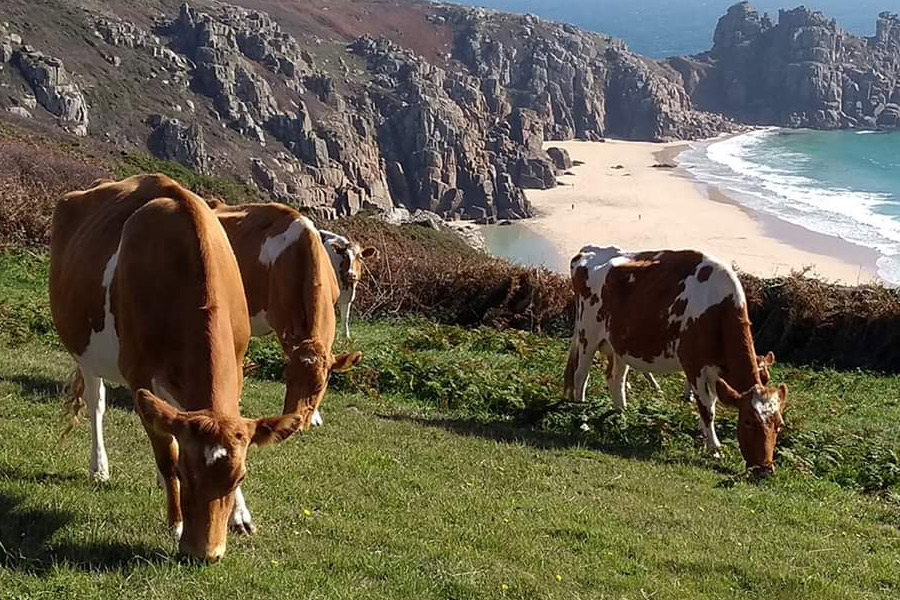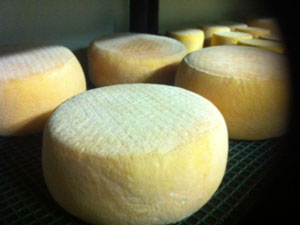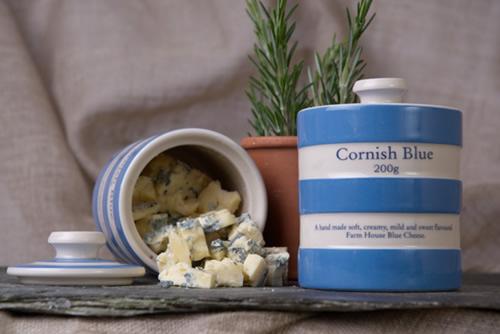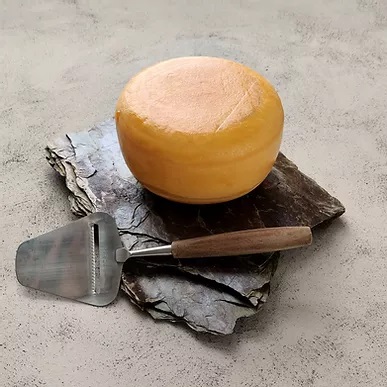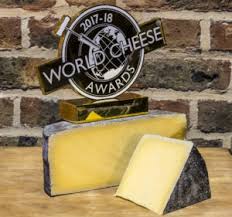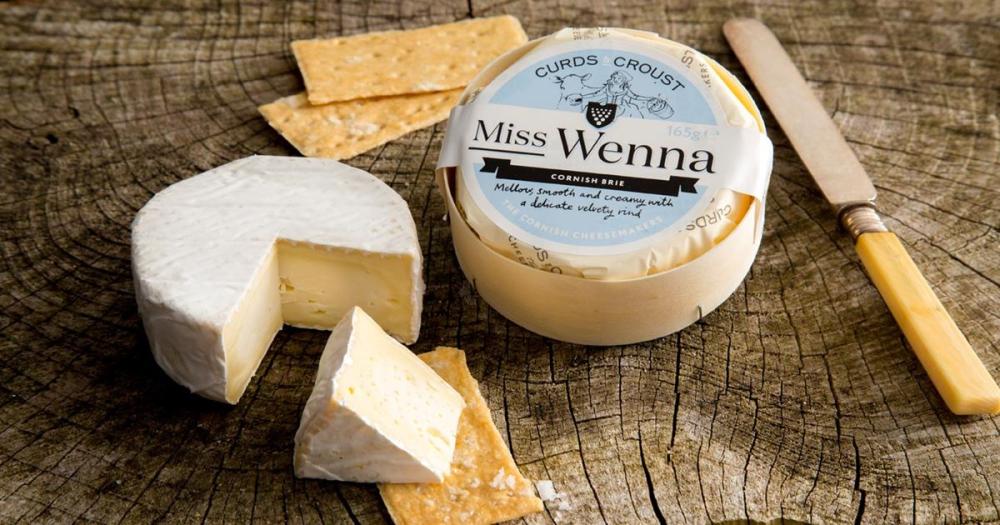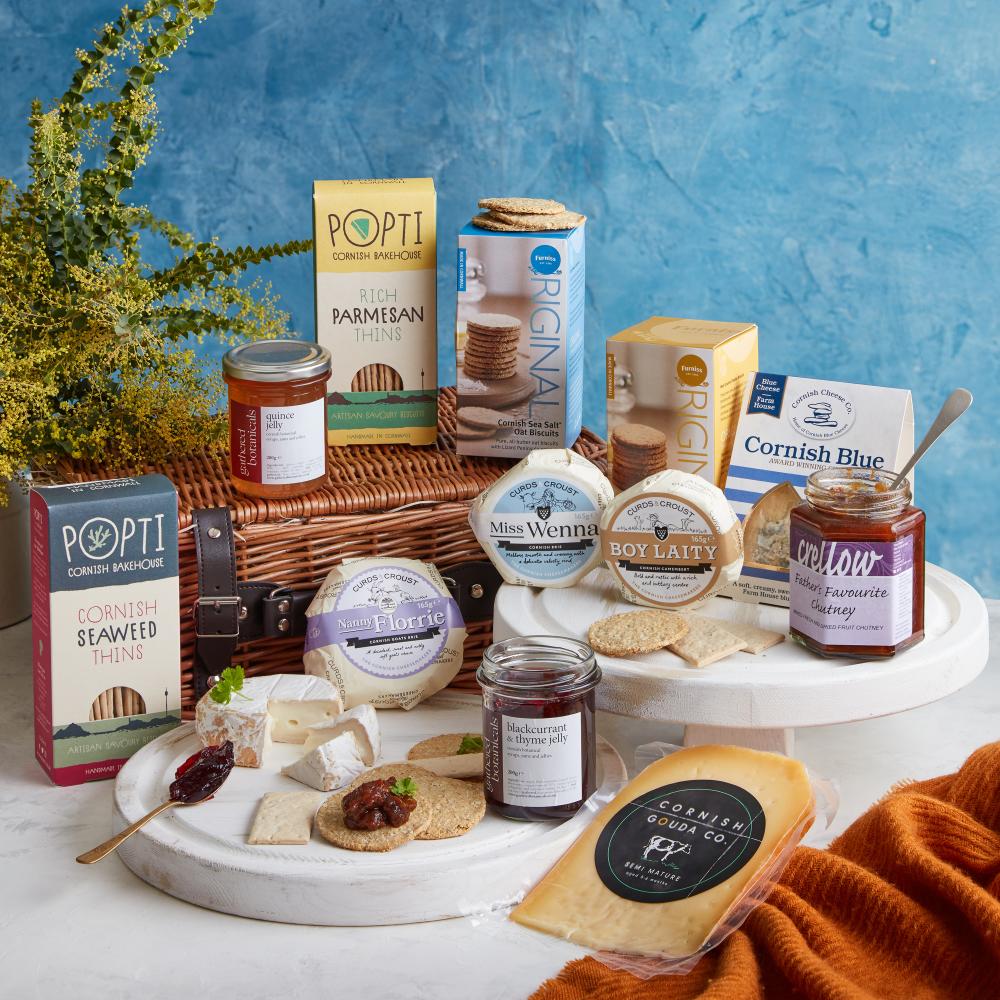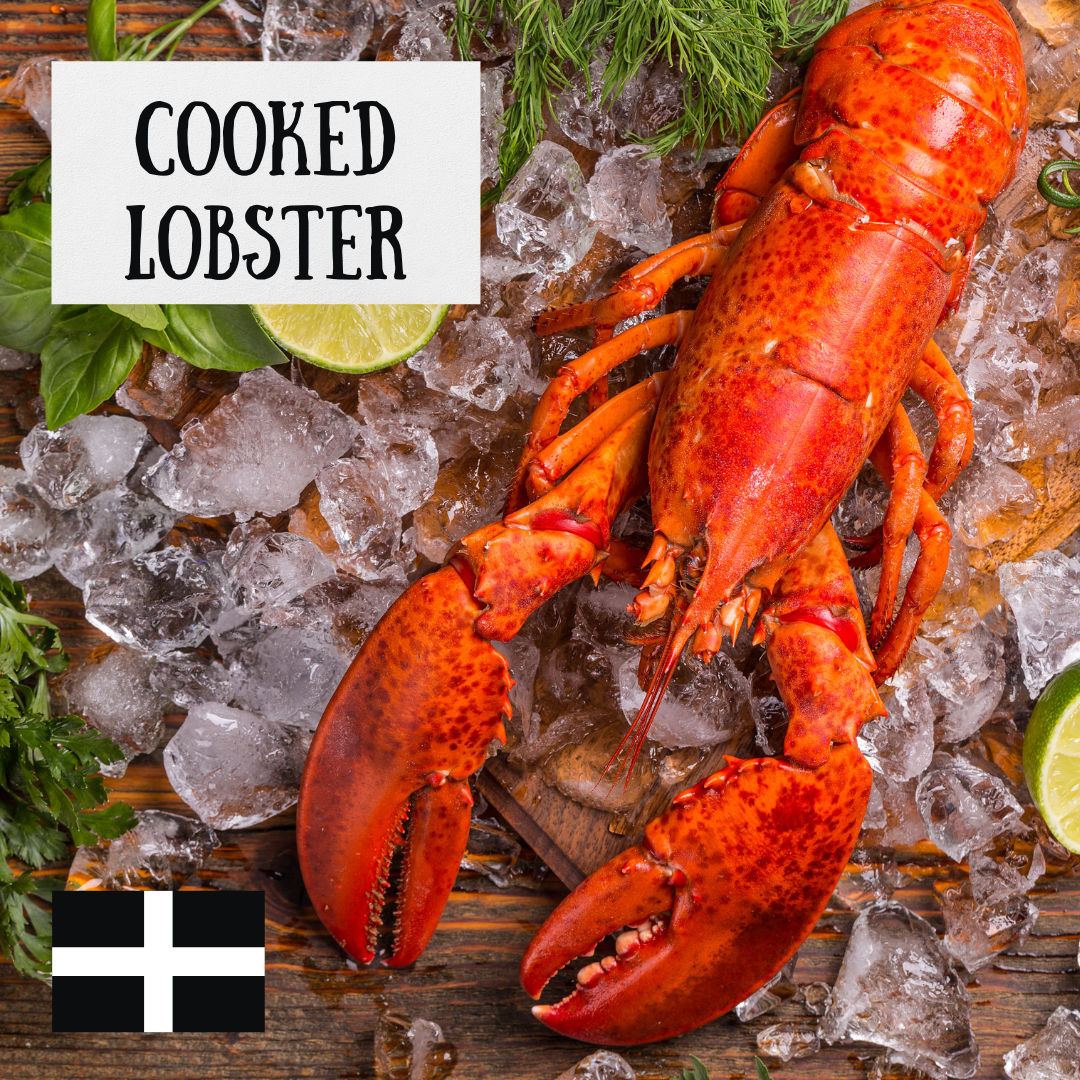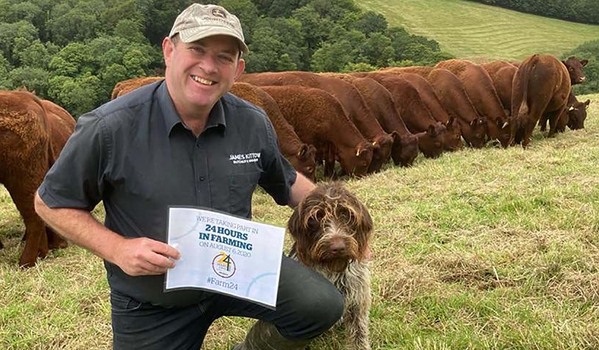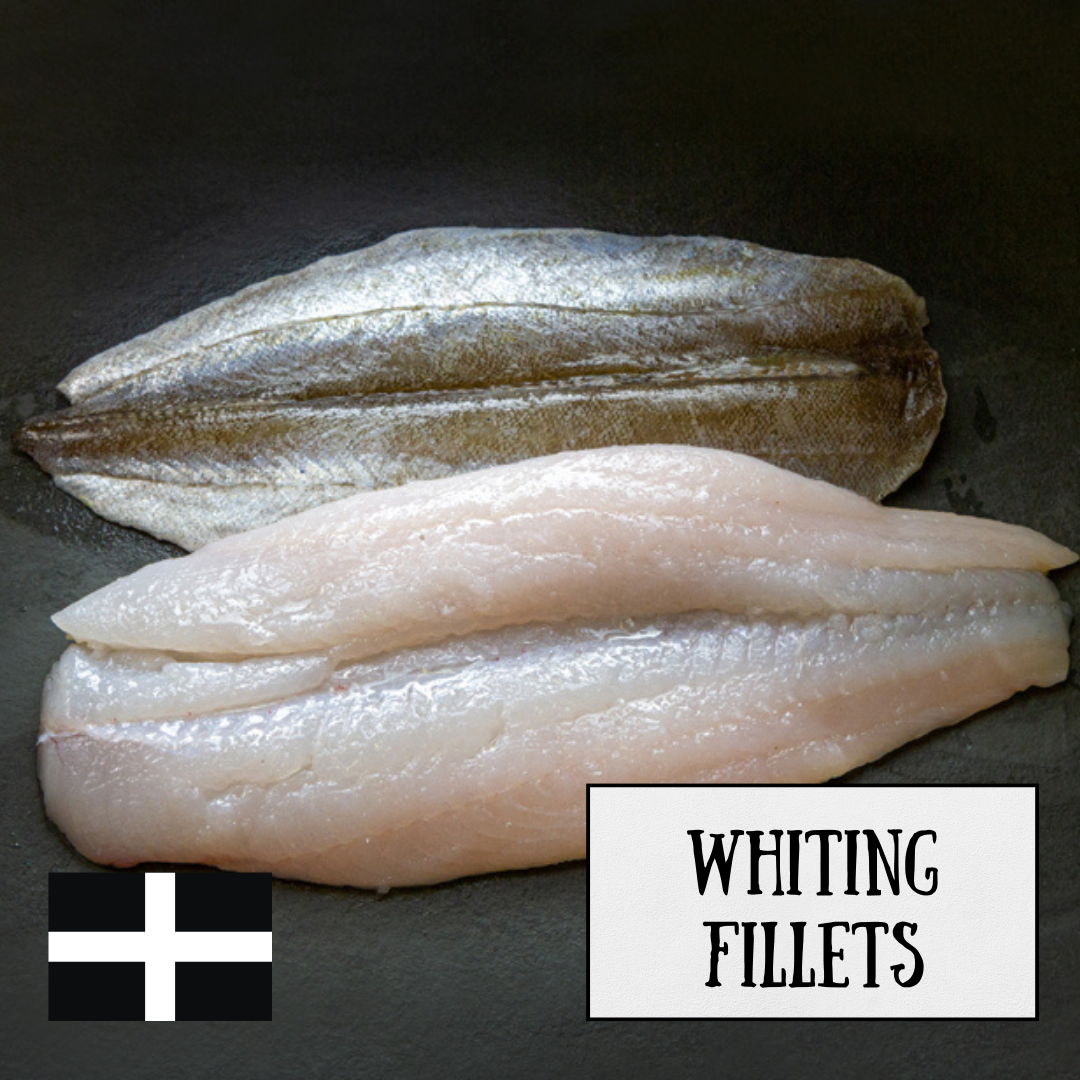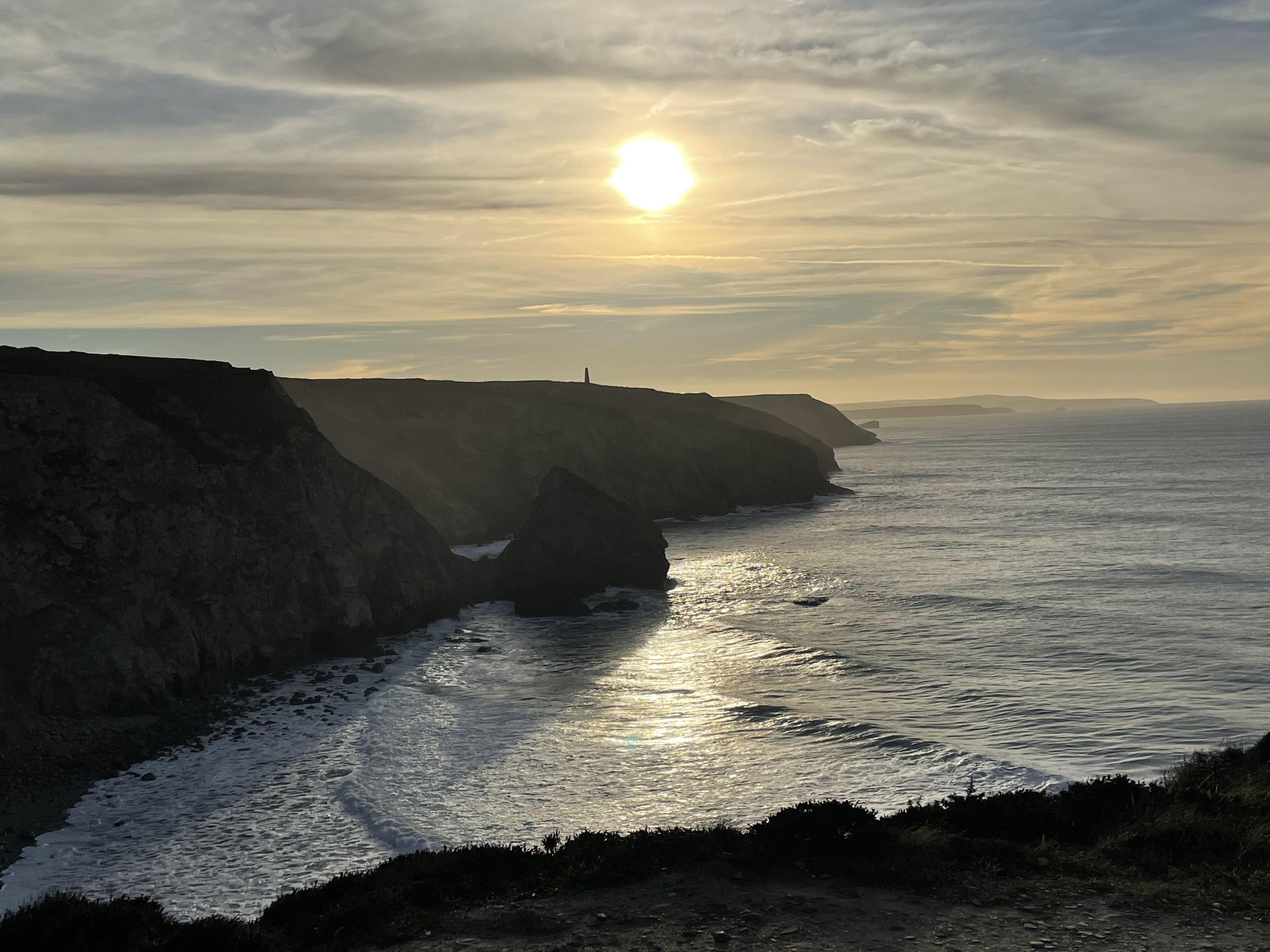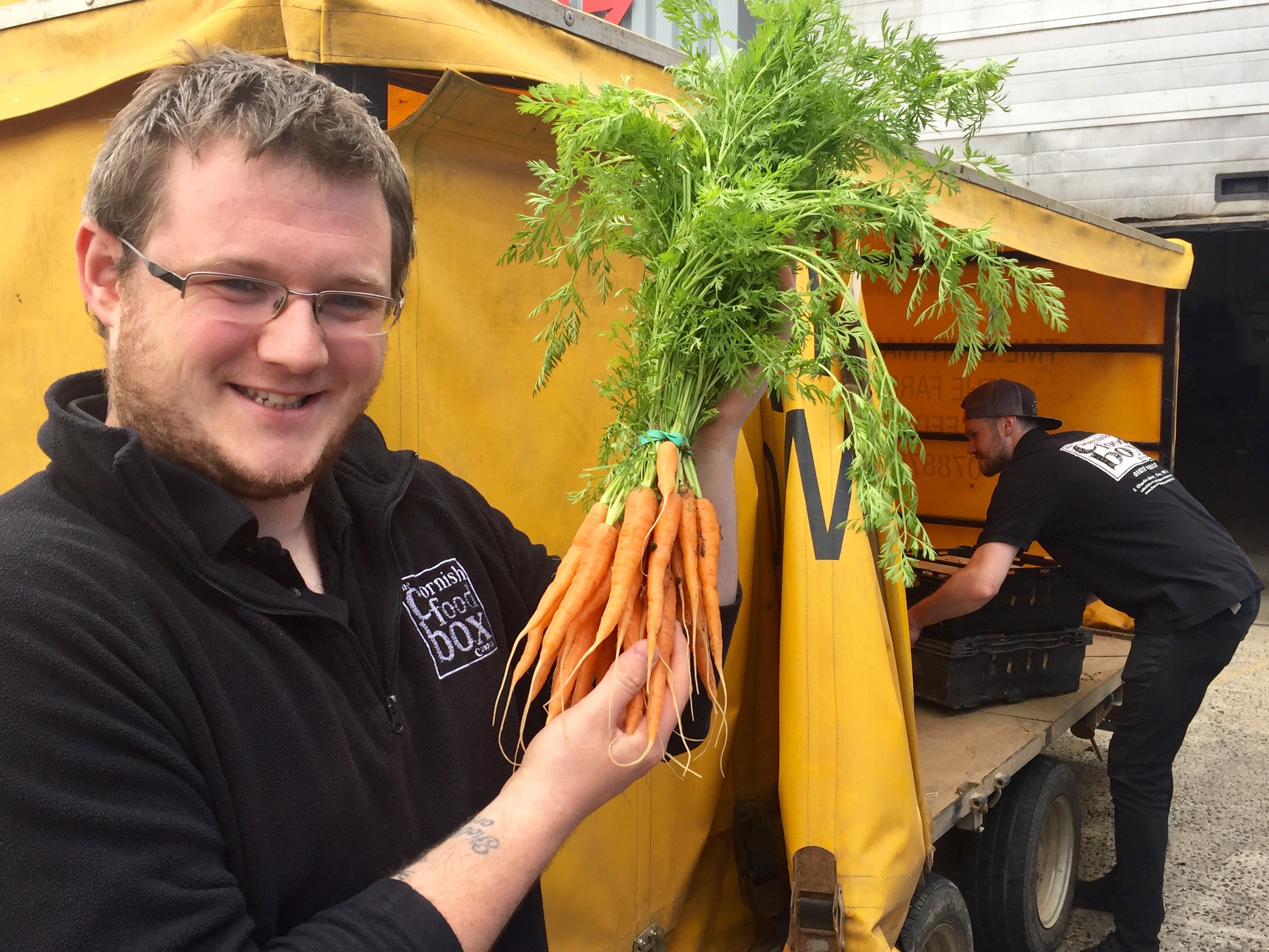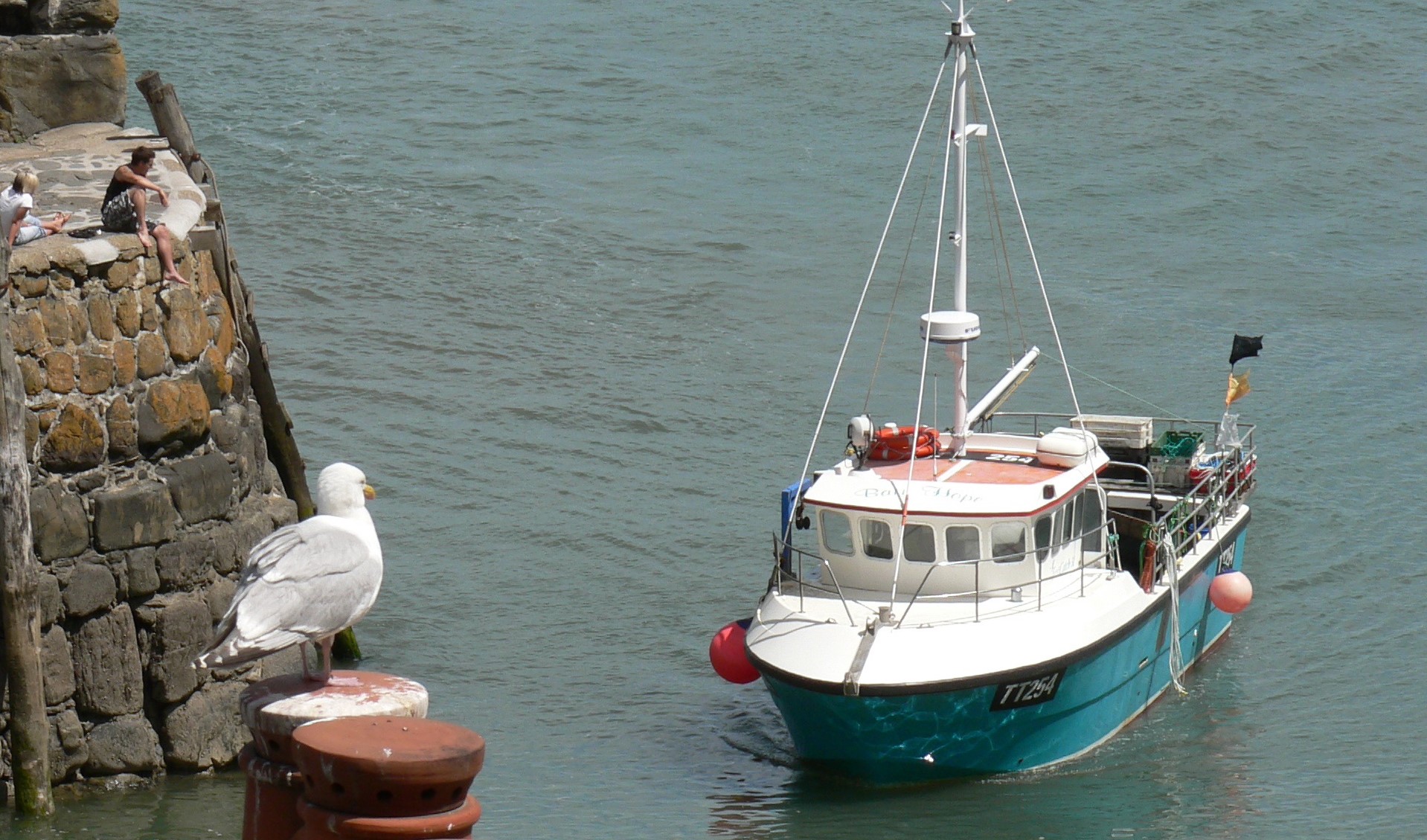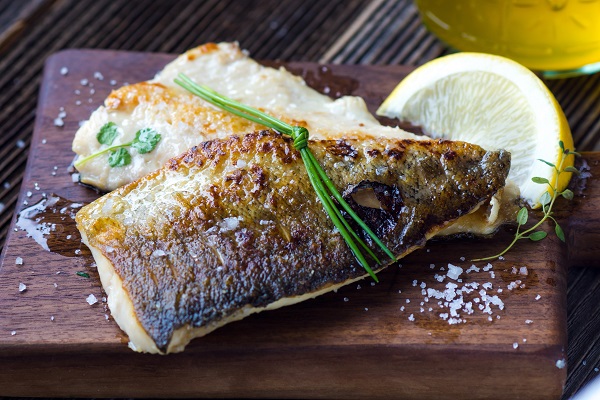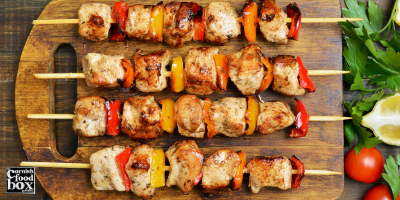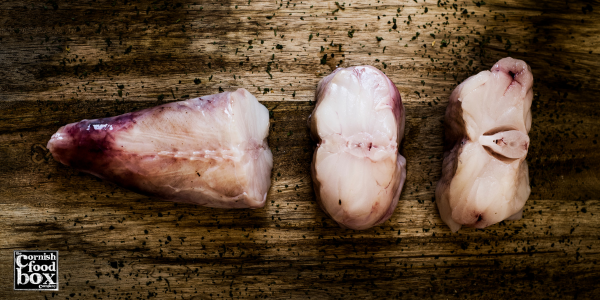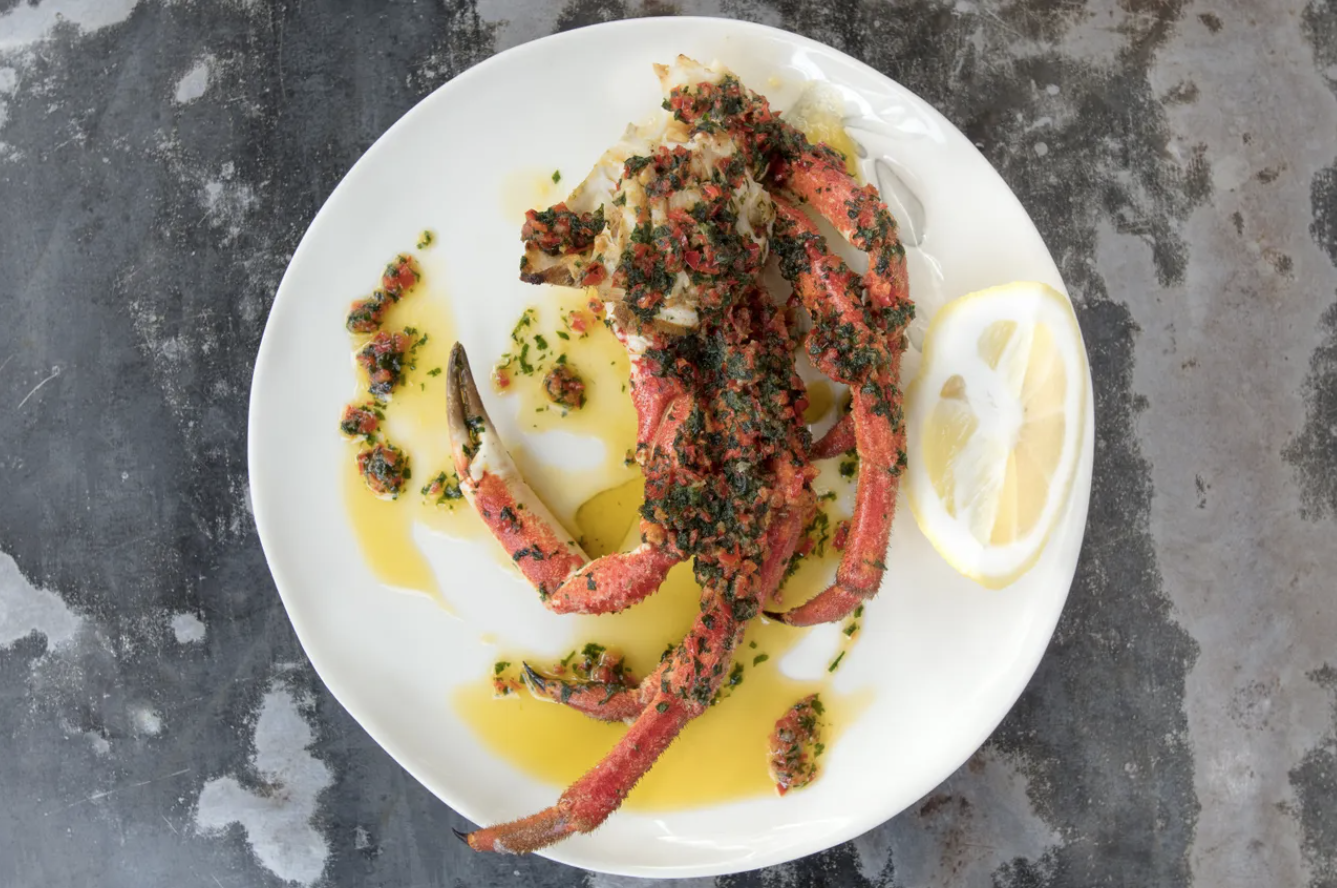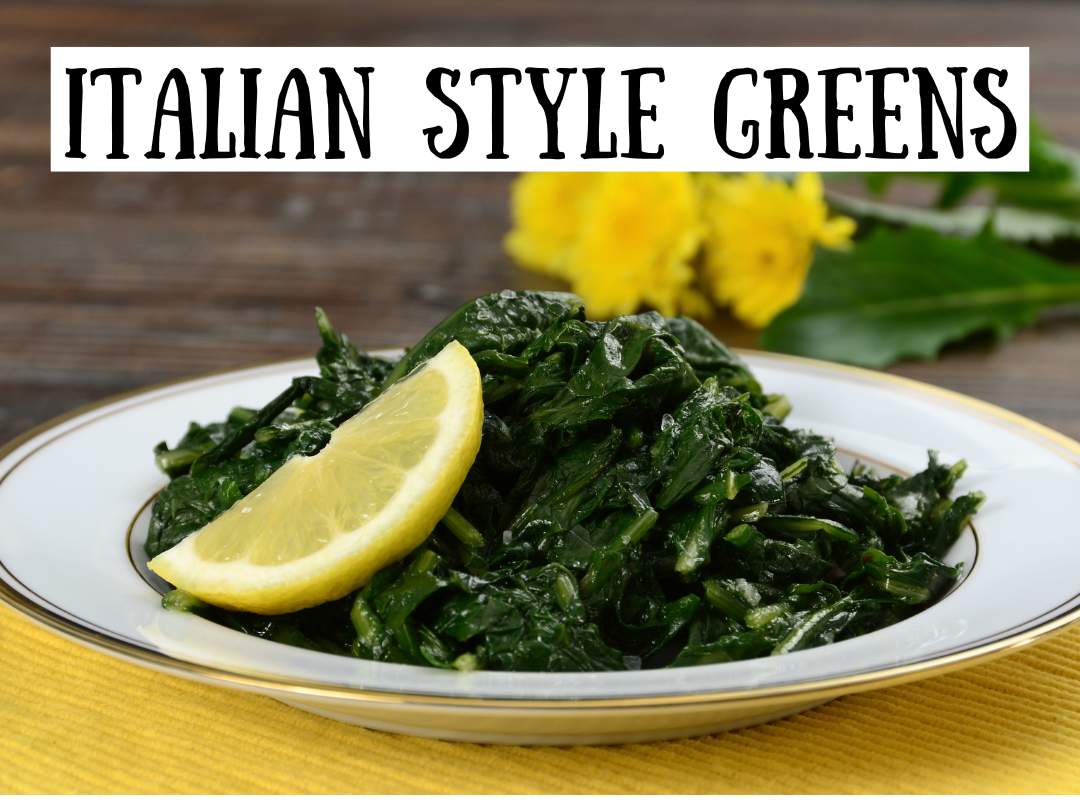1. Cornish Pasty
No visit to Cornwall is complete without tasting its iconic pasty. Originating from the mining era, the story goes that these portable lunches were crafted by housewives for their miner husbands and children. The traditional pasty is filled with potato, swede, onion, and beef, wrapped in a D-shaped pastry. Miners would hold the thick crust while eating, discarding it after to avoid contamination from their tin or copper-dusted fingers.
According to the Cornish Pasty Association, these recipes have been cherished and passed down through generations. Today, only pasties made in Cornwall can be called "Cornish pasties," ensuring authenticity. Modern variations include meat, vegetarian, and vegan options.
Our ones come from Ann’s Pasties from The Lizard. Ann has now been joined by her son Fergus – a champion gig rower. Their pasties have a lovely flaky pastry and are packed full of local meat and veg. They produce a classic traditional steak, as well as a delicious cheese pasty, and wholemeal vegan. The Working Boat blog, recommends Ann’s for their pastry.
Other ones we would recommend include Philp’s Bakery from Hayle, Gear Farm for delicious organic pasties and plenty of filing, or St Agnes Bakery for their gluten free options.
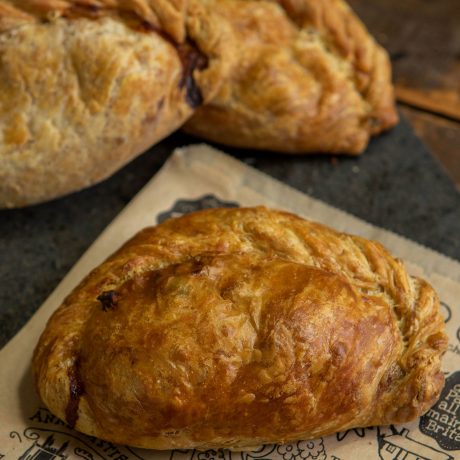
2. Fresh Fish & Seafood
Cornwall, surrounded by the clear waters of the Atlantic, is a paradise for fish & seafood lovers. From traditional fish and chips to gourmet dishes like crab, lobster, and mussels, there's plenty to savour.
Lucy from Cornwall Food & Farming notes: “There are countless places to eat in Cornwall, all a stone's throw from the sea, meaning you’re always getting fresh fish and seafood on the menu. Mackerel Sky is a great place for lunch - it’s just a stone’s throw from Newlyn Harbour, one of the UK’s biggest fishing ports. Try some Newlyn Crab – it’s the best crab meat you’ll ever have.”
If you want to get a taste of Cornwall at home, then you can order fresh fish and seafood to be delivered to you at home. Fresh fish including monkfish perfect for barbecues, hake steaks, and delicate flat fish are readily available and of course Cornwall’s famous crabs and lobsters caught in pots along the rock coast by the small fishing boats.
If you want to get a regular supply of seasonal fresh fish then a Seasonal Fish Box is a great way to go. You get the freshest fish being landed in Cornish harbours delivered to your door – and experience the best in fresh fish and seafood at home.
3. A Full Cornish Breakfast
Treat yourself to a hearty Cornish breakfast or brunch. The traditional hogs pudding replaces black pudding in a Cornish fry-up. Hogs pudding is a white sausage made using pork, breadcrumbs, and herbs, served sliced and fried. Paired with the finest eggs from properly free range hens, delicious sourdough, rare breed sausages and flaky pastries, a Cornish breakfast is a delight not to be missed!
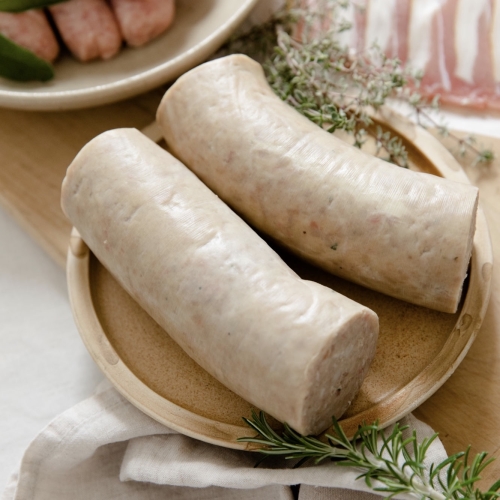
4. Stargazy Pie & Cornish Sardines
This unique pie, filled with white sauce, eggs, potato, and pilchards, features the heads of pilchards poking through the pastry. Originating from Mousehole, it commemorates fisherman Tom Bowcock, who braved a storm to provide food for the village and save them from starvation. Stargazy Pie is still enjoyed as a festive dish in Mousehole on Tom Bowcock’s Eve celebrated on 23rd December. Cornish pilchards.
Pilchard have long been a mainstay of the Cornish fishing community. Huge shoals of them would be sighted and The “Huer” would cry out to alert the fishing boats. A seine net would be set around the shoal and drawn to the coast where the whole community would get involved packing the pilchards tightly in barrels with salt to preserve them. Today pilchards are more often referred to as Cornish Sardines. Wonderful on the barbecue and then simply serviced with a squeeze of lemon and twist of black pepper.

5. Cornish Cheese
Cheese lovers will adore Cornish Yarg, a cheese wrapped in nettles handpicked from Cornish hedgerows. This gives the cheese a unique flavour while removing the nettle sting. Yarg is made from a 300-year-old recipe discovered in an attic. Distinctive nettle-wrapped Yarg was first produced in the 1980s when Bodmin Moor farmer Alan Gray found a 17th-century recipe in his attic and named it after himself (spell it backwards!). It now comes in original Cornish and Wild Garlic varieties. Cornish Yarg is a semi-hard, cow's milk cheese known for its unique appearance. When wrapped in nettles they impart a slightly earthy, mushroom-like flavor and a striking green and white rind. The interior of Cornish Yarg is creamy and mild, with a slightly crumbly texture and a gentle tang.
Cornish Blue won World Champion Cheese in 2010. This mild creamy blue is a welcome surprise for those who find stilton too harsh. This cheese pairs perfectly with tomato chutney and a hunk of sourdough bread.
There are over 60 different cheeses made in Cornwall. From soft goats’ cheeses, to rind washed farmhouse cheeses and continental style cheese such as gouda. This means there is a cheese made in Cornwall for every occasion.
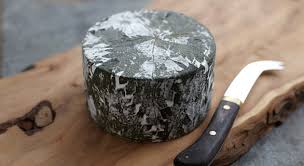
6. Cornish Traditional Cakes - Saffron Cake & Hevva Cake
Saffron cake, rich and bright yellow from saffron, are a sweet treat iconic to Cornwall. Enjoy sliced plain or with butter. It can be eaten fresh or lightly toasted slathered with butter.
Hevva Cake, a traditional Cornish fruit cake, is made with self-raising flour, butter, mixed dried fruit, sugar, and milk. Hevva cake is finished with a criss-cross pattern representing fishing nets. It is a delicious tea-time treat made with currants and spices.
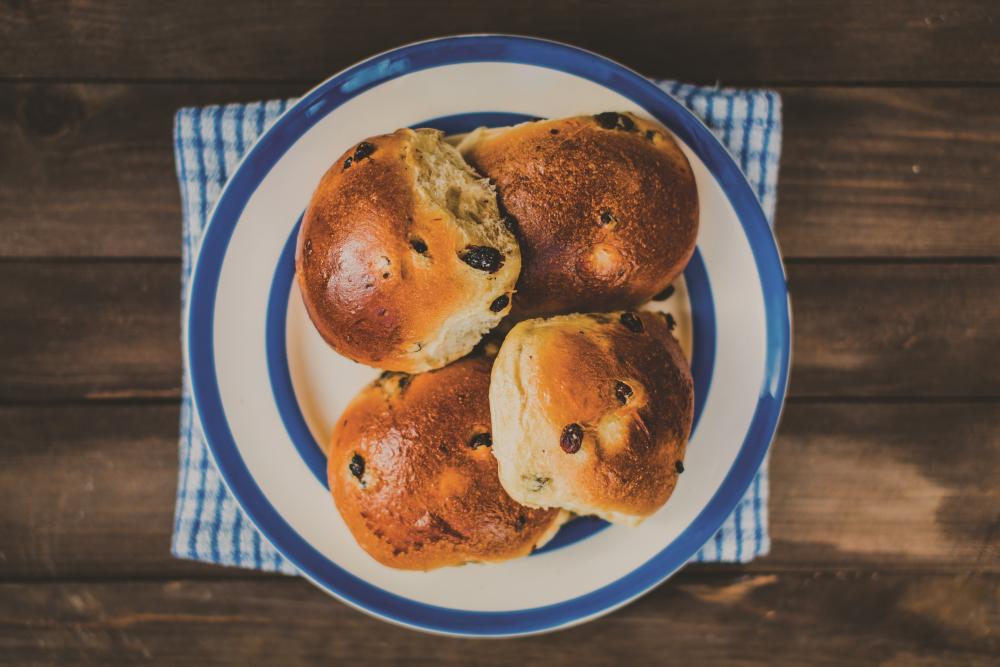
7. Cornish Cream Tea
A Cornish cream tea is a delightful, sweet treat. The main difference between Devon and Cornish cream tea is the order of jam and clotted cream. In Cornwall, jam is spread first, followed by clotted cream. We recommend Boddington’s strawberry jam, a rich fruit ladened jam which pairs perfectly with the thick clotted cream dolloped on top. For a twist why not try Thunder & Lightening? This pairs golden syrup or honey with clotted cream spread on to scones of Cornish splits.
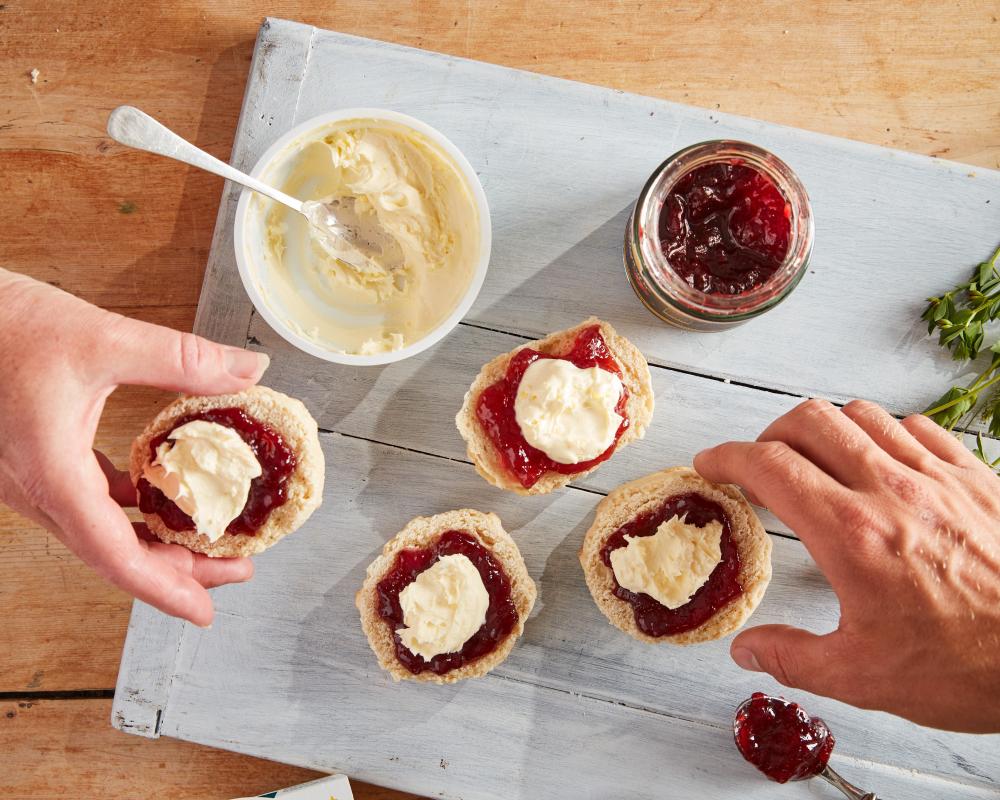
8. Cornish Grown Wines
Cornwall’s warm mild climate and sloping south facing lands means it has developed a burgeoning wine growing industry. Pioneers of the Cornish wine industry, Camel Valley Vineyard produce the highly regarded Camel Valley Brut which is served at Royal weddings, in Michelin starred restaurants, and in BA First Class amongst other prestigious places.
There is now a fine selection of red, rose and white wines produced on vineyards across the County. Cornish winemakers have won awards at both National and International Wine Awards. Polgoon’s Pinot Noir Rose pairs perfectly with Cornish seafood and their Rondo Red is delicious with a Cornish cheeseboard.

9. Cornish Ice Cream
Cornwall is home to some of the best ice cream in the UK, thanks to its many dairy farms and fantastic grass. The smooth, creamy texture is achieved using local clotted cream. Cornish dairy is excellent due to our mild climate where the grass grows nearly all year round! The milk produced has a much higher fat content than elsewhere meaning our cream is richer.
There are several dairy companies producing their own ice cream. Callestick and Roskillys are both long established ice cream makers milking their own herds.
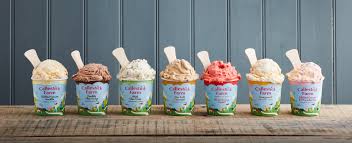
10. Cornish Cider & Spirits
Cornwall is home to many cider makers from tiny operations pressing their home-grown apples to well established businesses enjoyed across the country such as Healey’s Rattler.
One of our favourites is the very special Fowey Valley Vintage Cider which is made in the champagne style. This bubbly cider is perfect served in place of prosecco on a hot summers afternoon.
The gin industry has really taken off in recent years with a wide range of artisinal makers in the County. From the well know Tarquin's to smaller artisan makers such as Loveday there are gins made with a range of botanicals giving distinctive flavours of the seashore.
Why Cornwall is a Foodie's Paradise
Cornwall is a dream destination for foodies, with its thriving market of local food producers, farm shops, and food fairs. There are wonderful restaurants and bistros in almost every town and village showcasing local food cooked by highly regarded chefs, often boasting unique views and stunning locations. Cornish food can be enjoyed wherever you are in the UK with fast deliveries from the County to your door. Many producers offer a mail order service but a great way to buy products from a variety of Co9rnish producers is to put your own box together from The Cornish Food Box Company. From the freshest fish and seafood to the finest wines, cheeses, and regional delicacies.



